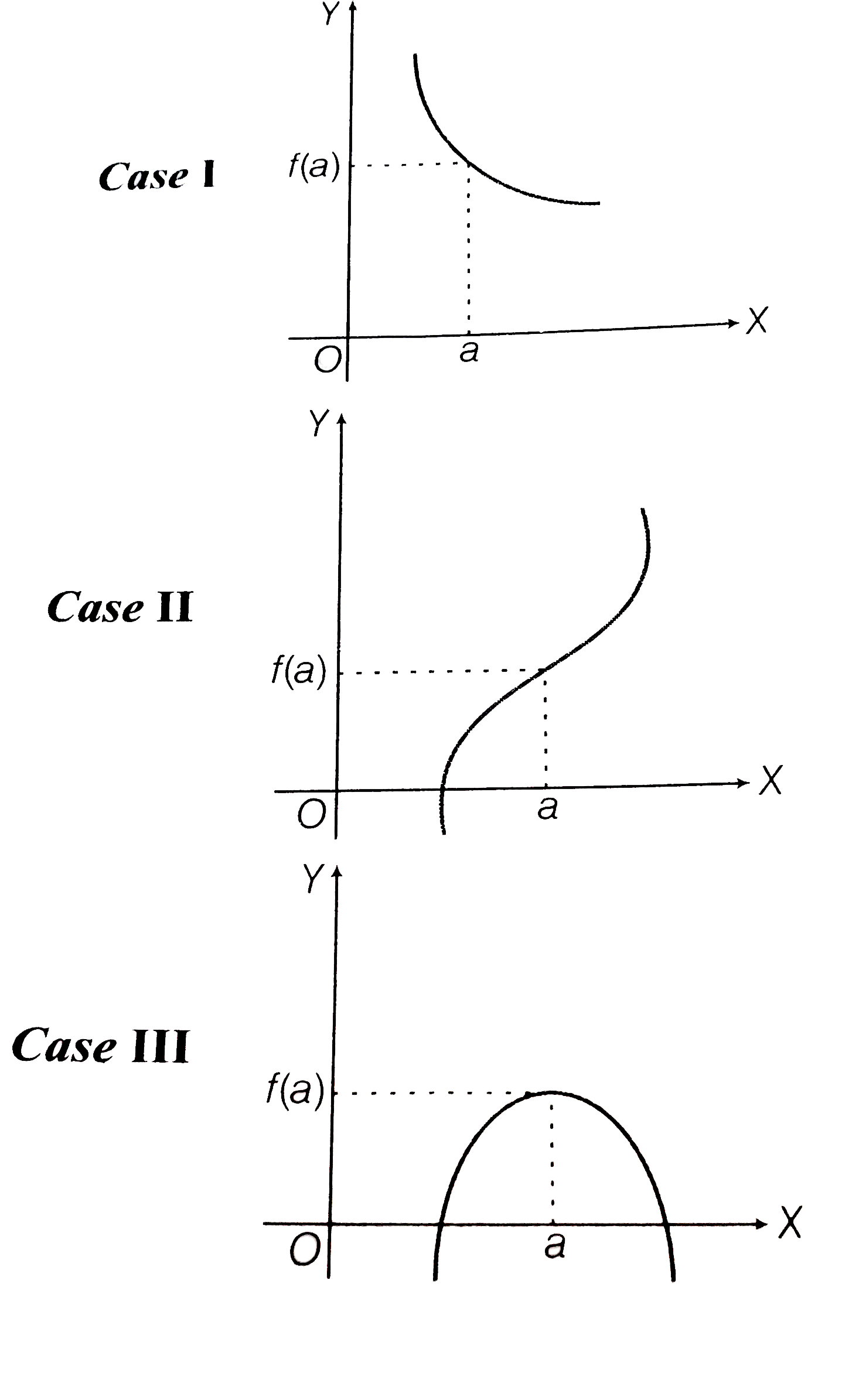Let a1,a2,an be sequence of real numbers with an+1=an+√1+a2n and a0=0. Prove that limx→∞(an2n−1)=2πSolution in Punjabi
The correct Answer is:=4π
Step by step video & image solution for Let a_(1),a_(2),a_(n) be sequence of real numbers with a_(n+1)=a_(n)+sqrt(1+a_(n)^(2)) and a_(0)=0. Prove that lim_(xtooo)((a_(n))/(2^(n-1)))=2/(pi) by Maths experts to help you in doubts & scoring excellent marks in Class 12 exams.
Updated on:21/07/2023Topper's Solved these Questions
- LIMITSBOOK - ARIHANT MATHSCHAPTER - LIMITSEXERCISE - SOLVED EXAMPLES
1 Videos
- LIMITSBOOK - ARIHANT MATHSCHAPTER - LIMITSEXERCISE - Exercise (Single Option Correct Type Questions)
38 Videos
- INVERSE TRIGONOMETRIC FUNCTIONSBOOK - ARIHANT MATHSCHAPTER - INVERSE TRIGONOMETRIC FUNCTIONSEXERCISE - Exercise (Questions Asked In Previous 13 Years Exam)
8 Videos
- LOGARITHM AND THEIR PROPERTIESBOOK - ARIHANT MATHSCHAPTER - LOGARITHM AND THEIR PROPERTIESEXERCISE - Exercise (Questions Asked In Previous 13 Years Exam)
4 Videos
Similar Questions
To evaluate limx→a[f(x)], we must analyse the f(x) in right hand neighbourhood as well as in left hand neighbourhood of x=a. E.g. In case of continuous function, we may come across followign cases.


Iff(a) is an integer, the limit will exist in Case III and Case IV but not in Case I and Case II. If f(a) is not an integer, the limit exists in all the cases. ltbgt If f'(1)=−3 and limx→1[f(x)−12] does not exist, (where [.] denotes the greatest integer function), then
View Solutionlimx→0sin(πcos2(tan(sinx)))x2 is equal to
View SolutionIf α=3sin−1(611andβ=3cos−1(49), where the inverse trigonometric functions take only the principal values, then the correct options (s) is (are)
View SolutionIn Which quadrant Point (−2,−3) will be lie.
View SolutionThe Fibonacci sequence is defined by 1=a1=a2 and an=an−1+an−2,n>2. Find an+1an,for n = 1, 2, 3, 4, 5.
View SolutionLet a sequence be defined by a1=1,a2=1 and an=an−1+an−2 for all n>2, Find an+1an for n=1,2,3,4.
View SolutionThe Fibonacci sequence is defined by 1=a1=a2 and an=an−1+an−2,n>2. Find an+1an,forn=5.
View SolutionIf a1,a2,a3,,a2n+1 are in A.P., then a2n+1−a1a2n+1+a1+a2n−a2a2n+a2++an+2−anan+2+an is equal to n(n+1)2×a2−a1an+1 b. n(n+1)2 c. (n+1)(a2−a1) d. none of these
View SolutionGiven a_(1)=(1)/(2)(a_(0)+(A)/(a_(0))),a_(2)=(1)/(2)(a_(1)+(A)/(a_(1))) and a_(n+1)=(1)/(2)(a_(n)+(A)/(a_(n))) for n>=2, where a>0,A>0. prove that (a_(n)-sqrt(A))/(a_(n)+sqrt(A))=((a_(1)-sqrt(A))/(a_(1)+sqrt(A)))2^(n-1)
View SolutionIf a_(r)>0,r in N and a_(1)*a_(2),....a_(2n) are in A.P then (a_(1)+a_(2))/(sqrt(a)_(1)+sqrt(a)_(2))+(a_(2)+a_(2n-1))/(sqrt(a)_(2)+sqrt(a)_(3))+...+(a_(n)+a_(n+1))/(sqrt(a)_(n)+sqrt(a)_(n+1))=
View SolutionIf a_(1),a_(2)......a_(n) are n positive real numbers such that a_(1).......a_(n)=1. show that (1+a_(1))(1+a_(2))......(1+a_(n))>=2^(n)
View SolutionLet a_(1),a_(2),...,a_(n) .be sequence of real numbers with a_(n+1)=a_(n)+sqrt(1+a_(n)^(2)) and a_(0)=0 Prove that lim_(n rarr oo)((a_(n))/(2^(n-1)))=(2)/(pi)
View SolutionDefine a sequence (an) by a1=5,an=a1a2…an−1+4 for n>1. Then limn→∞√anan−1
View SolutionLet a1,a2,a3,...,an be an A.P.
Statement -1 : 1a1an+1a2an−1+1a3an−1+....+1ana1
=2a1+an(1a1+1a2+....+1an)
Statement -2: ar+an−r+1=a1+an for 1≤r≤n
View Solutionयदि a0n+1+a1n+a2n−1+...+an−12+an=0 तब सिद्ध कीजिए की अंतराल [0,1] में एक ऐसे x का अस्तित्व होगा जिसके लिए a0xn+a1xn−1+...+an=0
View SolutionIf a1,a2,a3,a4,,……,an−1,an are distinct non-zero real numbers such that (a21+a22+a23+…..+a2n−1)x2+2(a1a2+a2a3+a3a4+……+an−1an)x+(a22+a23+a24+......+a2n)≤0 then a1,a2,a3,.....,an−1,an are in
View Solution
